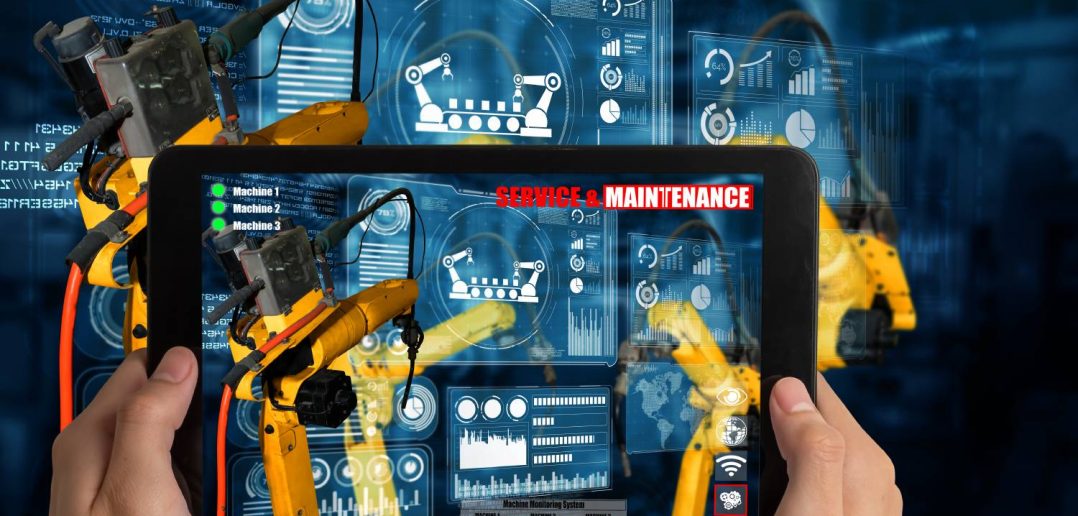The realm of augmented reality and mixed reality (AR/MR) is on the brink of a significant evolution, promising to reshape how we engage with technology.
Augmented reality involves the overlay of digital information onto the real world, enriching our perception of the environment by adding virtual elements. This technology enhances our daily experiences by seamlessly integrating computer-generated data, such as graphics or information, into our physical surroundings.

On the other hand, mixed reality takes this integration a step further by not only overlaying but also interacting with virtual elements in real-time. Unlike augmented reality, mixed reality seamlessly blends virtual and physical elements, creating an immersive environment where digital and real-world interactions coexist. This allows users to engage with both virtual and physical objects simultaneously, opening up new possibilities for interactive and dynamic experiences.
Both areas have gotten a bit stale and iterative over the last few years, but there are two promising new trends on the horizon in 2024.
These upcoming advancements in AR/MR technology aren't solely about one company's innovation. They have the power to catalyze an industrywide drive toward advancement. Competitors are likely to intensify their efforts, leading to refined technologies, reduced costs and broader accessibility to mixed reality experiences for the masses. Let’s dive deeper into these trends to watch out for.
Trend 1: Breaking through with mixed reality reprojection
There’s one technological advancement that I think is finally ready for prime time: Mixed reality-enabled reprojection headsets.
This advancement in AR/MR headset technology merges initial and predictive rendering with powerful mobile chips, enabling a seamless user experience. However, the true breakthrough involves the integration of machine learning algorithms with AR/MR headset technology, particularly in rendering, predictive modeling, and reprojection with advanced camera technology and faster processing.
Consider a scenario in manufacturing where workers use mixed-reality reprojection headsets powered by machine learning. As a worker navigates the factory floor, the headset dynamically overlays virtual assembly instructions on physical machinery, adapting in real time to the worker’s movements.
Machine learning algorithms optimize rendering, making sure that the virtual instructions align with physical components. Predictive modeling anticipates the worker’s next steps, and the advanced camera technology will recognize equipment and adjust overlays accurately.
This will enable a new kind of AR/MR headset that blurs the line between real and virtual spaces. These headsets represent a substantial leap forward in immersive technology.
Trend 2: A shift in how we interact with AR/MR technology
The emergence of AR/MR technologies goes beyond individual products. In 2024, it will signify a shift in how we interact with our digital surroundings.
Imagine a workspace where physical and virtual worlds seamlessly intertwine, where our actions effortlessly transition between tangible tools and digital interfaces. This convergence holds the potential to redefine productivity, creativity, and entertainment by improving the usability of AR/MR technology.
However, the impact of AR/MR extends well beyond entertainment and productivity. Picture students immersing themselves in historical events or medical professionals refining skills through immersive simulations—just a glimpse of the potential real-world applications. These applications offer just a glimpse of the vast real-world transformations that AR/MR can bring to education, health care and other sectors.
Or imagine a scenario where traditional data analysis is revolutionized. Instead of having to view your SAS® Visual Analytics report on one page at a time, your whole room is filled with different report pages. On the wall, you can pin the current business metrics and have a rotating cast of interesting report pages that track net promoter score, overall customer satisfaction, office utilization rates and much more.
This shift in interaction holds the promise of reshaping how we conduct business and learn.
Redefining our tech relationship
In essence, the imminent advancements in AR/MR mark not only a technological milestone but a potential turning point in how we perceive and interact with technology. While initial barriers like cost may limit widespread adoption, the promise of immersive experiences and the merging of physical and digital realms ignite both excitement and contemplation.
The evolution of AR/MR isn't just about gadgets; it's about redefining our relationship with technology and integrating it seamlessly into our lives.


